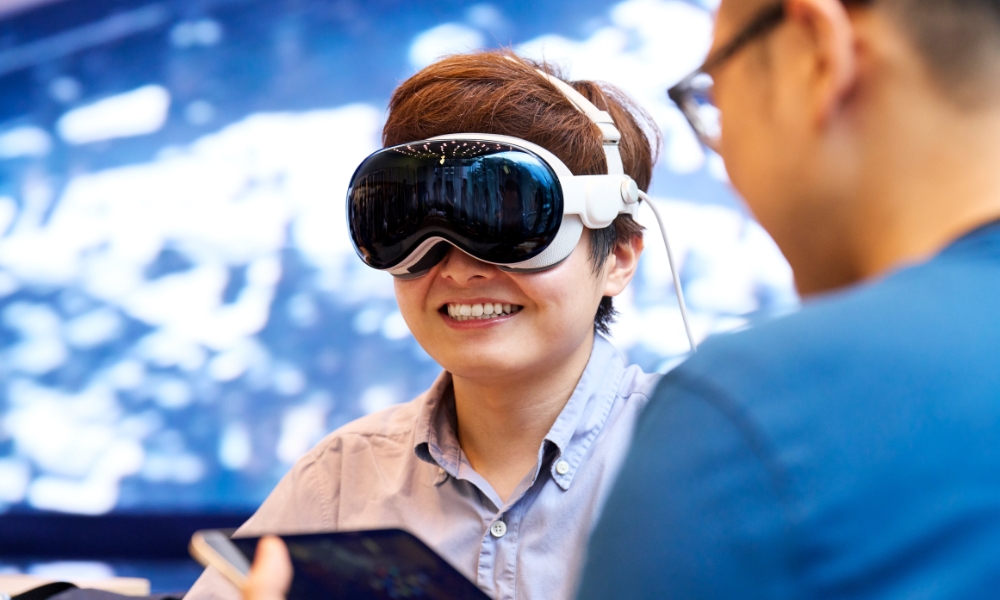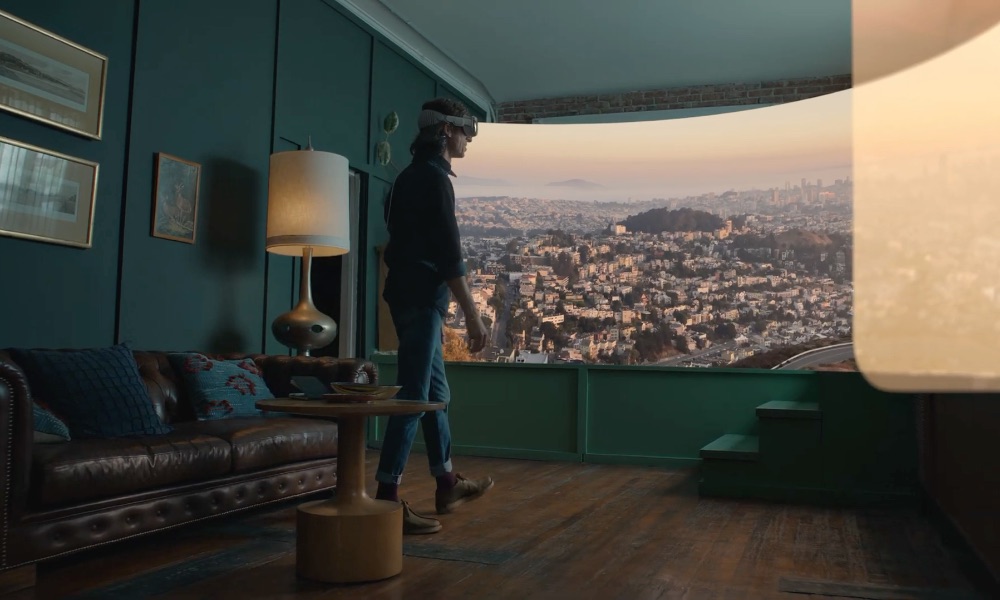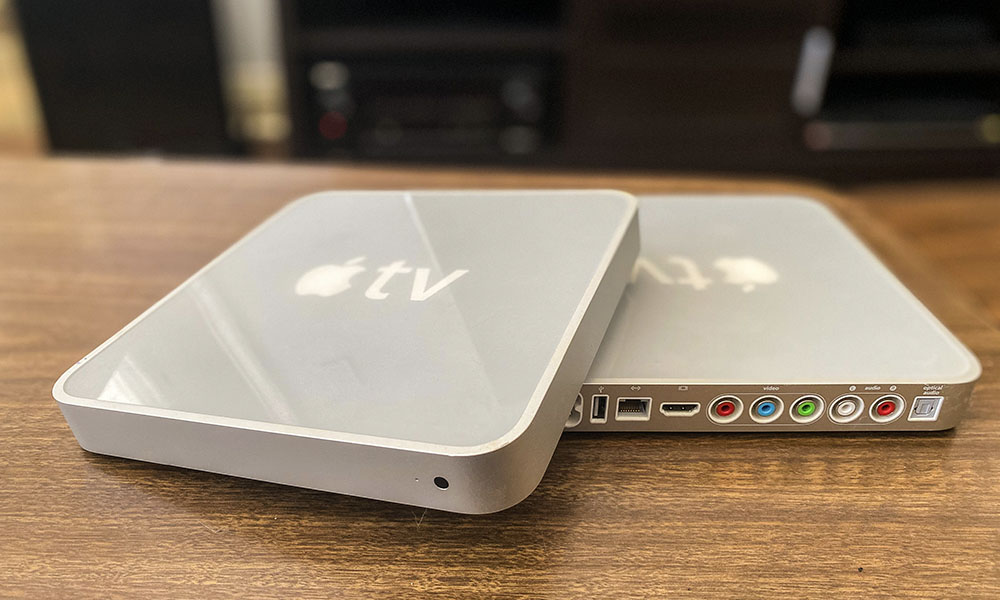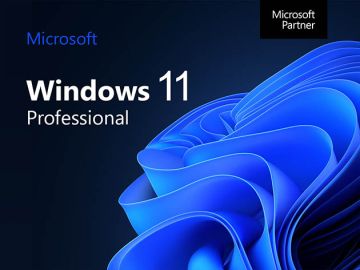Apple Vision Pro: Is Apple’s Recent Flop Actually the Future?
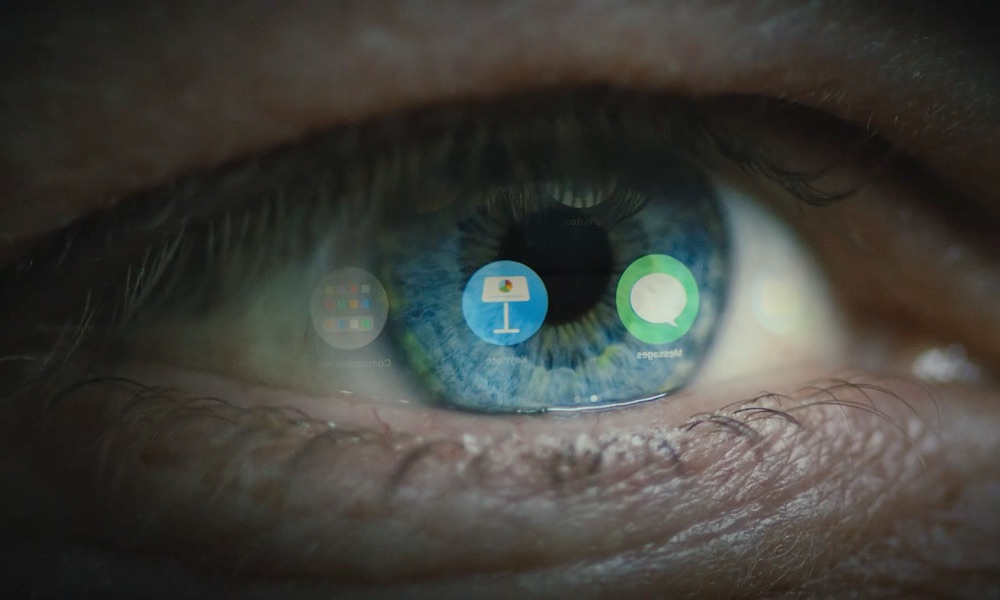
Toggle Dark Mode
Apple’s Vision Pro has been met with skepticism and, in some cases, outright dismissal. With limited sales, a price tag starting at $3,499, and a bulky design, many have already labeled it a joke or a flop. But history suggests we might be looking at it all wrong.
The truth is, not every product is meant to be a success on day one. Sometimes, the first generation isn’t about winning the market — it’s about building a foundation.
A First-Gen Device With First-Gen Flaws
If we’re honest, the Vision Pro has its fair share of shortcomings. It’s heavy. It’s expensive. And the app ecosystem is still catching up. Wearing it for long periods is physically exhausting, and its battery pack tethering feels like an early-stage prototype.
But, there’s something undeniably exciting about the Vision Pro. It’s not just a headset, it’s Apple’s bet on the next era of computing: spatial computing.
The Strengths Are Real
Despite its limitations, the Vision Pro showcases what’s possible when hardware and software are deeply integrated. Eye tracking is fast and precise, gesture control feels mostly intuitive, the display quality is remarkable, and spatial audio creates a sense of presence that can’t be replicated by traditional devices.
It’s also a remarkably personal device. You can watch movies in a virtual theater, collaborate on projects in a 3D workspace, or just escape the world around you entirely. Apple isn’t just selling a screen for your face — they’re selling a glimpse of what could replace screens altogether.
The Future Is Discrete
Today, spatial computing feels gimmicky at best — but tomorrow, it could feel natural. The Vision Pro hints at a future where your devices aren’t things you use — they’re extensions of your body and mind. You glance at something to select it. You gesture subtly to interact. You speak to control it.
This isn’t about replacing your iPhone or Mac — it’s about augmenting how we interact with technology so screens get out of the way. The future isn’t about giant headsets; it’s about technology becoming more discreet and intelligent. Smart glasses. Augmented interfaces. Smaller screens like the Apple Watch. Even shared screens like your TV.
Apple already shows us glimpses of this. Your Apple Watch unlocks your Mac and authenticates Apple Pay. Your iPhone knows when you’ve turned on a Focus mode and intelligently silences notifications. Your Apple TV shows you who’s at the door when someone rings your doorbell, or when a package arrives.
This is the direction we’re headed: technology that anticipates, adapts, and integrates seamlessly into everyday life.
Vision Pro’s Failures Are Lessons
Yes, sales have been slow. Yes, most people aren’t ready to drop $3,500 on a headset that still feels like it’s in beta testing. But Apple knew that from the start. This isn’t the iPhone. It’s the MacBook Air’s headphone jack. It’s the original Apple Watch. It’s the 2007 Apple TV.
All of those products had rough starts. However, they established frameworks that Apple could build on and helped influence other companies. Vision Pro isn’t the end goal. It’s the beginning.
Rumors already point to a lower-cost version of the headset — possibly called the Vision SE, Vision Air, or simply Vision. A smaller, lighter, more affordable device could bring spatial computing to the masses, just like the iPhone SE did for mobile.
Spatial Computing’s Place in the World
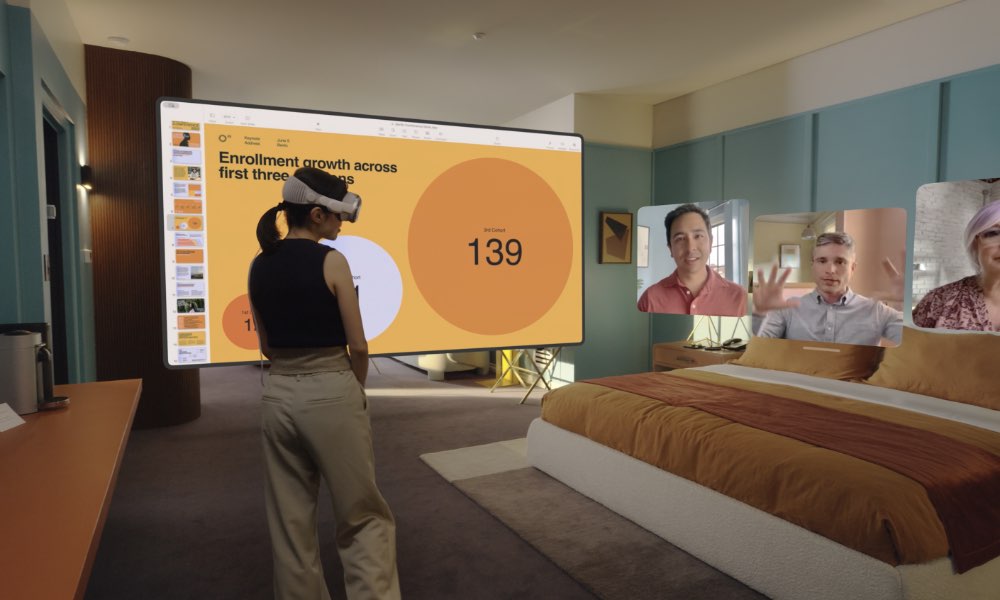
The concept of spatial computing isn’t new, but Apple is doing what it does best: making emerging tech approachable. Still, spatial computing isn’t right for everything.
Typing long documents in mid-air isn’t exactly practical. Some experiences, like gaming and immersive media, benefit greatly. Others, like editing spreadsheets, may still feel better on a traditional device. But as input methods improve and use cases expand, these lines will blur.
The key is choice. You won’t need to use a headset for everything. But when you do, spatial computing should feel natural, discreet, and powerful.
So Is Vision Pro the Future?
Maybe not in its current form. But it’s absolutely a glimpse of what’s next. Apple is laying the groundwork for a post-screen era: one where we interact with technology through voice, movement, and intention, not just taps, pinches, and clicks.
Vision Pro may not be a hit today, but neither were the Apple TV or the Apple Watch when they first launched.
Sometimes a flop isn’t a failure — it’s the future just getting started.


